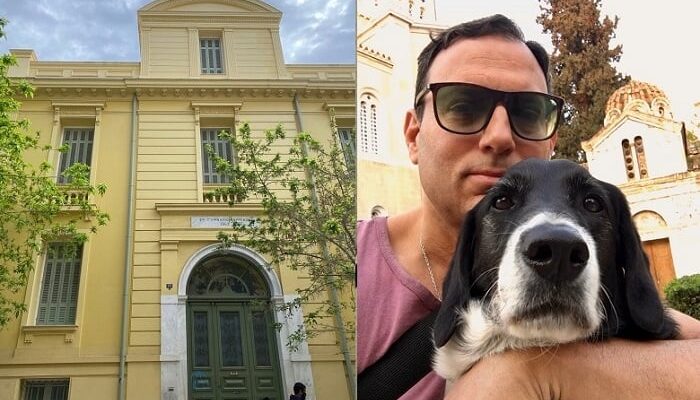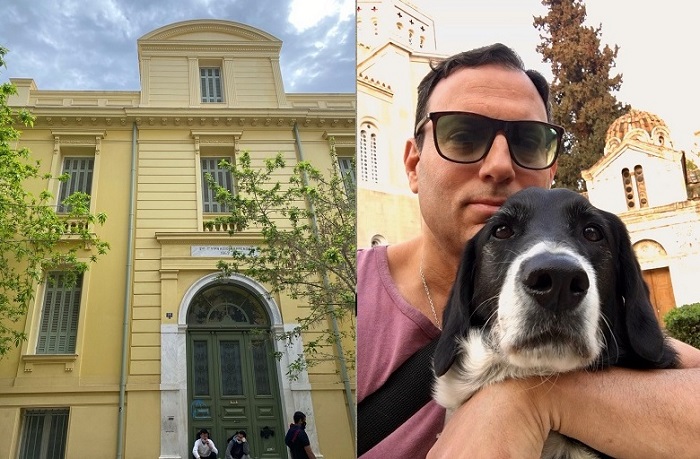
Athens has a vast treasure of neoclassical buildings dotting the city. Some are world-renowned such as the Academy, the National Library, the Zappeion, and the Parliament.
Most, however, go unnoticed. Scattered throughout the Greek capital among modern multistory buildings, the aesthetically ugly polykatoikies are Greek apartment buildings, some of which are vandalized with walls covered with graffiti. Some of these apartment buildings are occupied by squatters or simply left to their fate.
Born in classical Greece, exported to Europe, and reintroduced in the modern Greek state in its infancy, Athenian neoclassicism provided the Greek capital city with a unique style that made it stand out.
Greek-American Peter Poulos, who now lives in Athens, has been documenting the neoclassical buildings of the Greek capital for years. Armed with his camera and accompanied by his dog, Stavros, he has set out on a mission to find these hidden architectural gems in order to not only raise awareness but to also highlight the hidden beauty of the historical buildings.
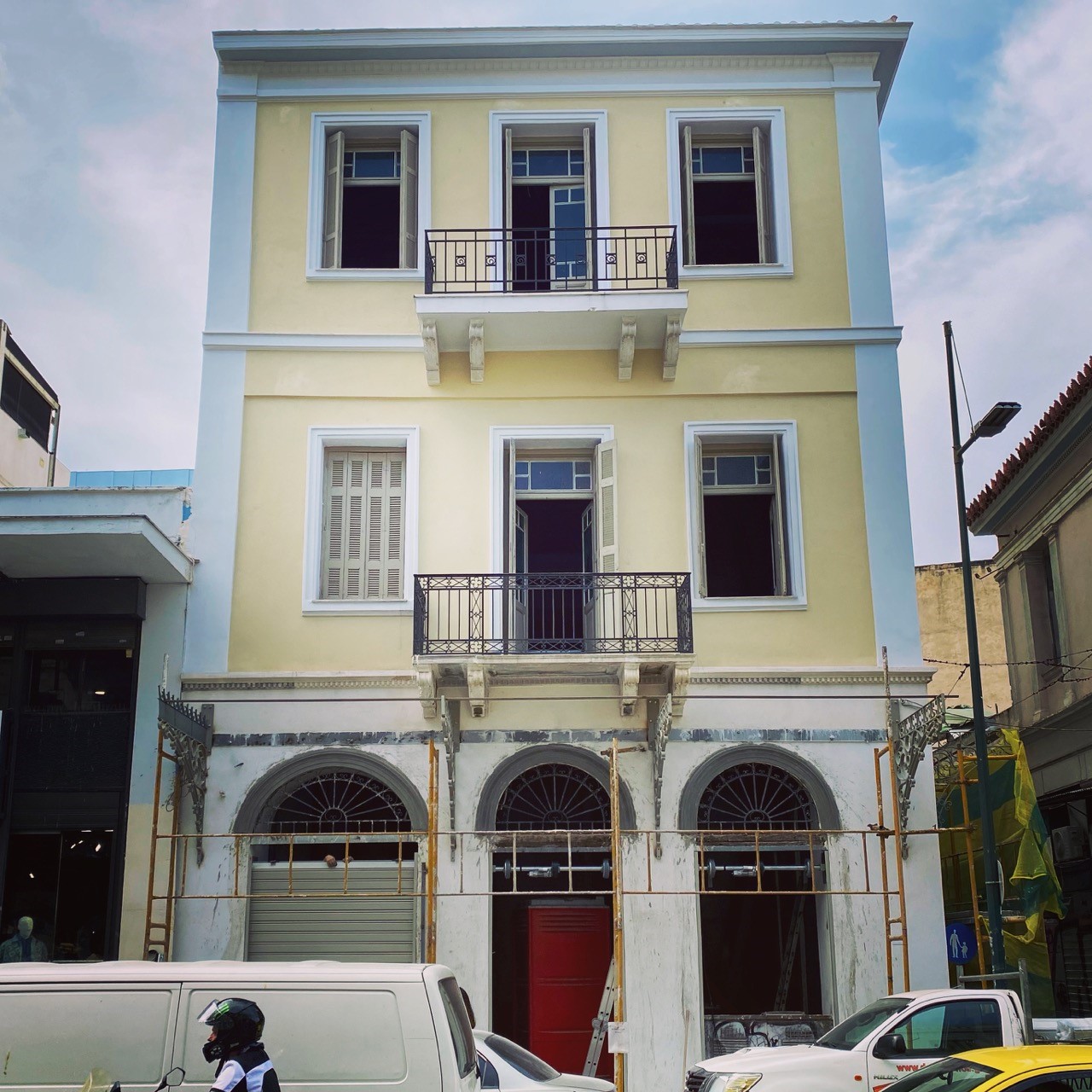
“The first time I visited Athens, and I had a chance to walk around a little bit, I was amazed at the sort of un-uniformity of the architectural styles of Athens,” he told Greek Reporter recently.
“There were neoclassical buildings next to Bauhaus buildings next to 60s and 70s polykatoikies next to office buildings. I found all of that fascinating, and in particular the newer buildings next to the older buildings just sort of made me appreciate the older buildings even more,” he admits.
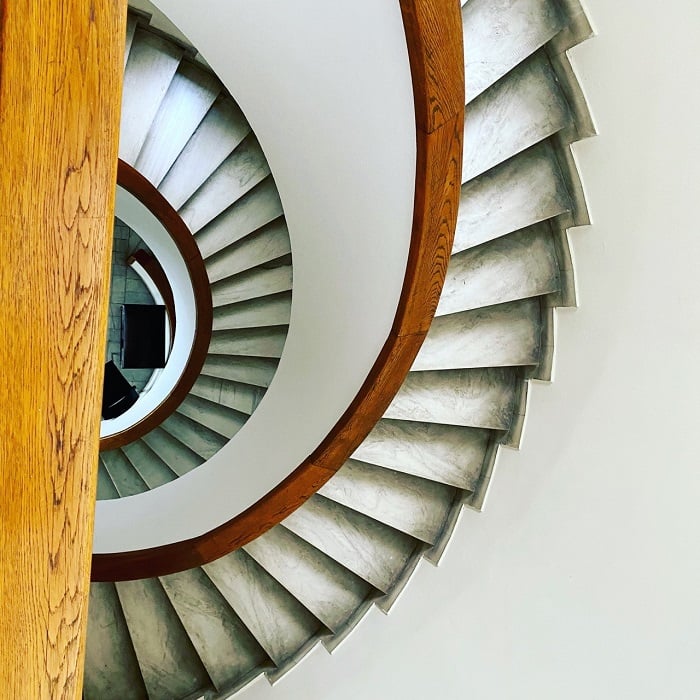
As the Executive Director at The Hellenic Initiative, a global movement of the Greek Diaspora, Poulos is a very busy man. Yet his fascination with the Athens architecture has often taken him to the most remote and un-touristy parts of the Greek capital.
It all started growing up in New York, he tells Greek Reporter.
“I grew up in New York in a house that was brand new—my parents hired an architect and built our house. And my grandparents house, my pappou’s house on Long Island was from the 1860s…it was a very old house, and I was always fascinated with it, I loved it.”
This fascination made Poulos delve deeper into the history of architecture in Athens. “I was fascinated with the fact that at one time Athens was a city of one continuous architectural style. It was all neoclassical, from the most modest building to the grandest building.”
“Antiparochi” destroys Athens’ neoclassical buildings
In the 19th and early 20th century, Athens had a royal palace that was a neoclassical masterpiece, perhaps standing next to a small one room house that was likewise a small neoclassical masterpiece. “That fascinated me,” Poulos said.
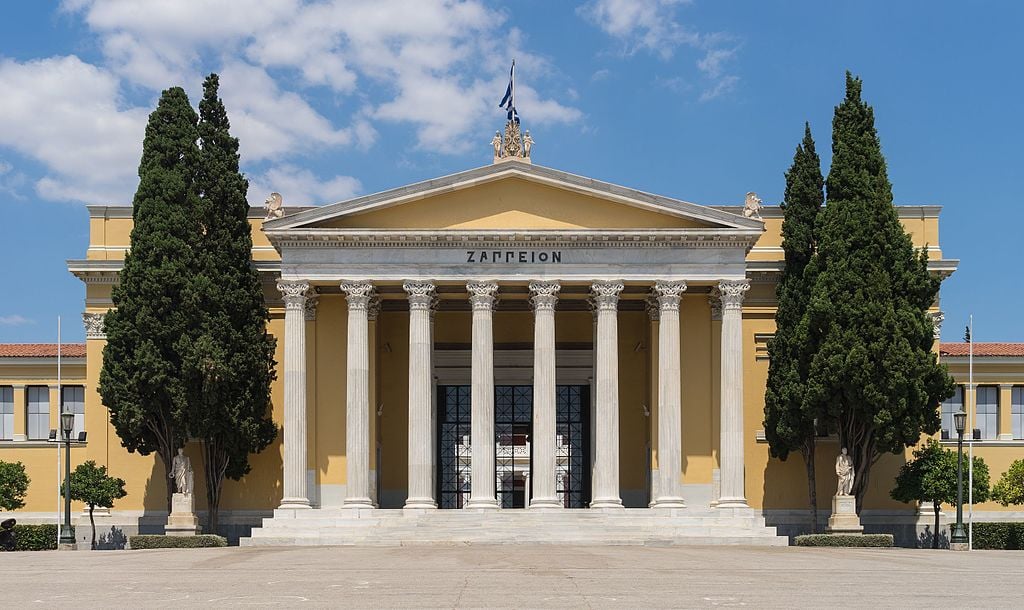
However, all this changed, beginning in the 1920s and accelerated in the ’60s onwards. The reason was “antiparochi;” there is no exact translation into English, but it can roughly be defined as “mutual exchange.”
“A developer would come to you and say, I’ll take your beautiful neoclassical home, I’ll tear it down, and build an apartment building. You get some apartments, we get some apartments, everyone’s happy, and all of a sudden, there are places for people to live. So you understand how that sort of destruction of neoclassical Athens happened,” Poulos says.
Antiparochi would unfortunately become the defining feature of Athens’ urban landscape. To put it simply, antiparochi is why Athens looks like Athens.
“Antiparohi did an incredible amount of damage to the city; but also, when you look at the reasons why it came about, it makes sense,” Poulos says.
“You had a country that was basically destroyed after two wars,” says Poulos, “and then a civil war, you had people who were starving, the infrastructure of the country was destroyed. So you had people who were fleeing rural Greece and moving to Athens or to Thessaloniki, and they needed a place to live. And on top of that you had Greeks who were being kicked out of places like Alexandria and Constantinople, and earlier, of course, from Smyrna.”
The explosion of population in Athens led to the creation of apartment buildings and the destruction of the city’s neoclassical homes.
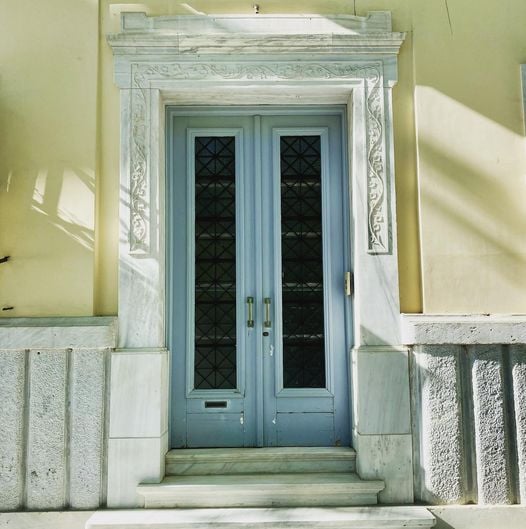
Abandoned and vandalized
Antiparochi was one of the main reasons for the destruction of neoclassical Athens. Then, came abandonment, indifference, and squatting. Many old buildings have been simply left to fate, sitting vacant for decades.
“I’m always shocked to see the amount of vandalism on Ministry of Culture buildings, especially in Plaka,” says Poulos.
He notes, as an example, a historic neoclassical building at the very end of a Aiolou Street, in central Athens: “This fantastic Ministry of Culture building is covered in graffiti. And it’s been like that for years, and you’re talking about the showplace of fifth-century BC Athens.”
“And if you if you walk around the Roman agora, which has some of the most beautiful buildings in Athens,” Poulos adds, “many of them are covered in graffiti, and many of them are Ministry of Culture buildings.”
Poulos blames the Ministry of Culture for not understanding that buildings such as this need to be protected and cared for.
“I also find it sad that that the interwar buildings, the buildings from the 1920s to 1950s, aren’t protected. They need to be protected. They’re architectural masterpieces. And they’re all over every neighborhood,” maintains Poulos.
Poulos believes there is a way to protect the architectural heritage of Athens. He says that for the buildings that have been sitting vacant for decades, Greece needs to do what other cities and other countries do.
According to Poulos, “we need to take them away from their owners and we need to auction them off with a set of criteria. You auction them off to the highest bidder, and the highest bidder has a timeframe by which they have to repair the building.”
Remaining architectural gems
The Greek-American architectural enthusiast, who told Greek Reporter that he plans to write a book on the Greek capital’s architecture, says that by exploring Athens’ neighborhoods, he has come across many neoclassical buildings still standing while many are being renovated.
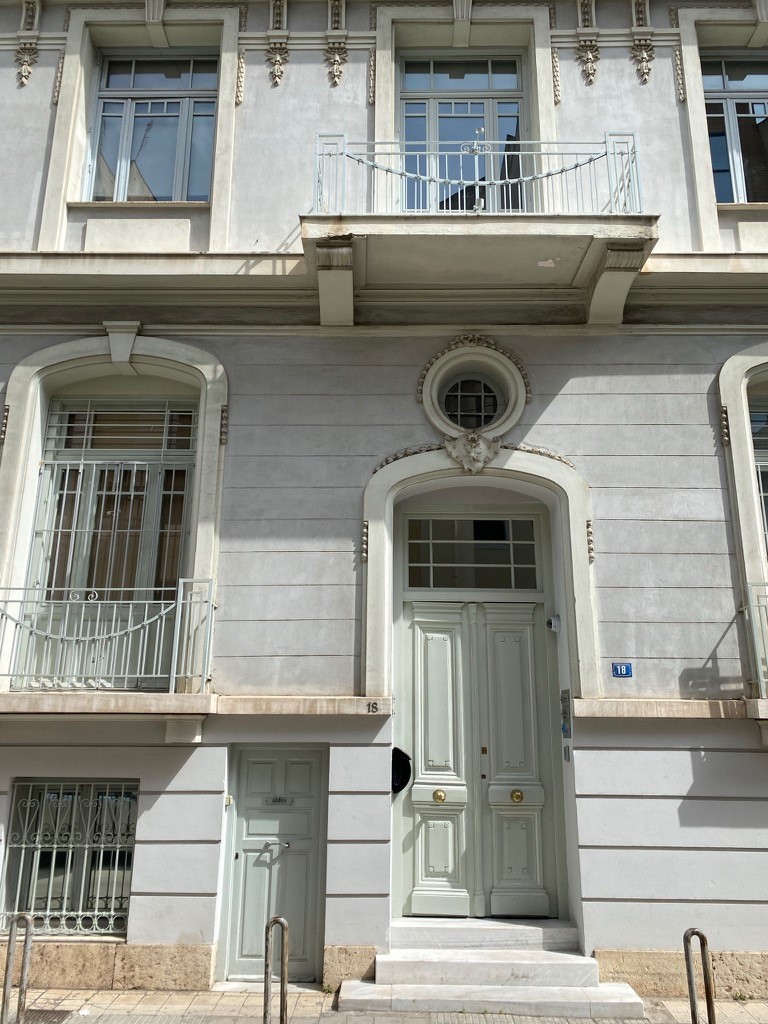
“If you were interested in neoclassical buildings, I would tell people to visit Plaka. If you were interested in interwar buildings, I recommend a visit to Kolonaki, Kypseli, and Platia Amerikis,” Poulos notes.
Interesting apartment buildings exist in beautiful neighborhoods, such as Ano Patissia, Pangrati, Koukaki, Petralona, Ano Petralona, and Piraeus. “I think Piraeus, Faliro, and Kastella have some of the most beautiful neoclassical buildings in Athens,” he says.
“I particularly love the apartment buildings that were built in the 1950s,” states Poulos and explains that “Because they were built by architects who used beautiful materials, they generally have gorgeous lobbies, you’re talking like marble, wood, and stone. The entranceways, and especially the metal work, it’s unique.”
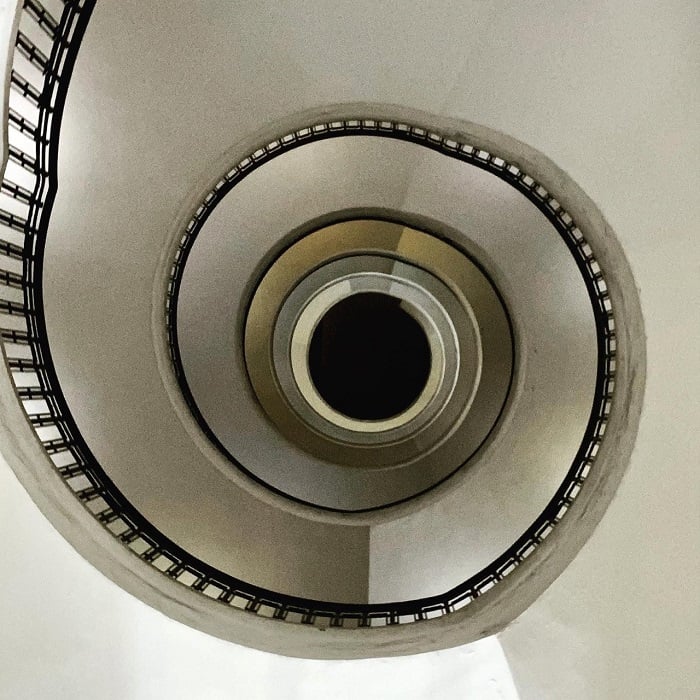
Poulos contrasts the apartment buildings in the United States in the ’60s and ’70s, to the Athenian building of the 1950s. In the US at the time, he says, they were using low-quality materials. “I’m sitting in my apartment in Athens right now, and I have parquet floors, the original doors from the 1930s, all the hardware, this beautiful mosaic… I mean, I think you just feel good being in the space,” Poulos concludes.
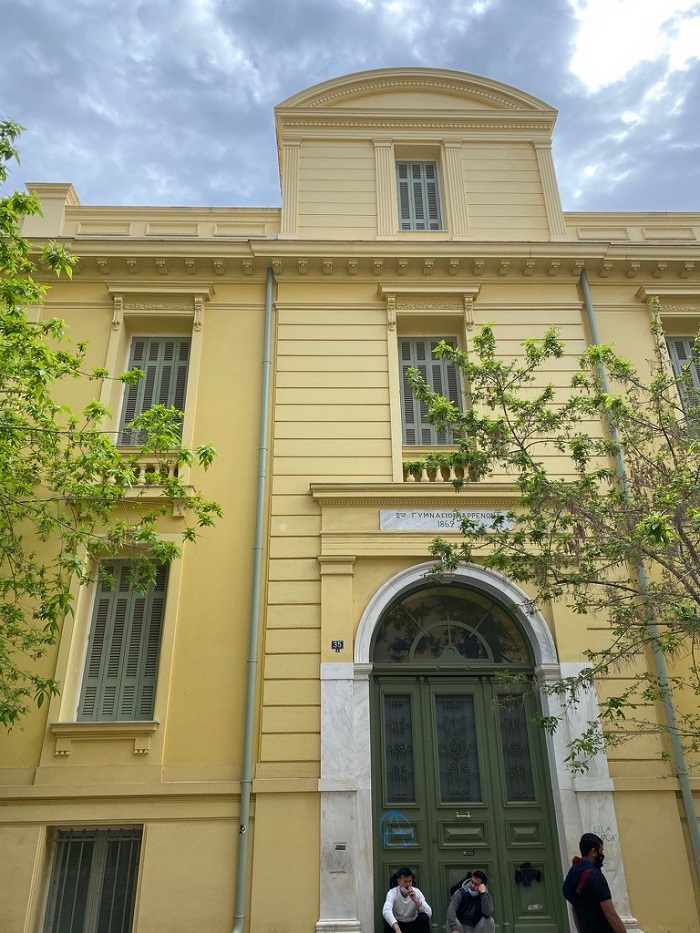
Ray of hope for Athens buildings and neighborhoods?
Poulos says that after years of neglect, citizens, especially those of the younger generation who are now coming to live in central Athens, seem to care more about the neoclassical buildings and the open public spaces in the Greek capital.
“We are going to see more people restoring these kinds of buildings and wanting to live in them,” Poulos says.
He notes that that approximately 60 neoclassical buildings will be repaired in downtown Athens. “I see the scaffolding going up, I’m walking, I see it, and I think that’s wonderful,” says Poulos.
Poulos hopes that things will improve in Athens, as the COVID-19 pandemic has helped Athenians rediscover their public places, buildings, and parks. The lockdown has made Athenians “re-appreciate their neighborhoods. I’m very pleased with the direction of all that,” the architecture maven says.
